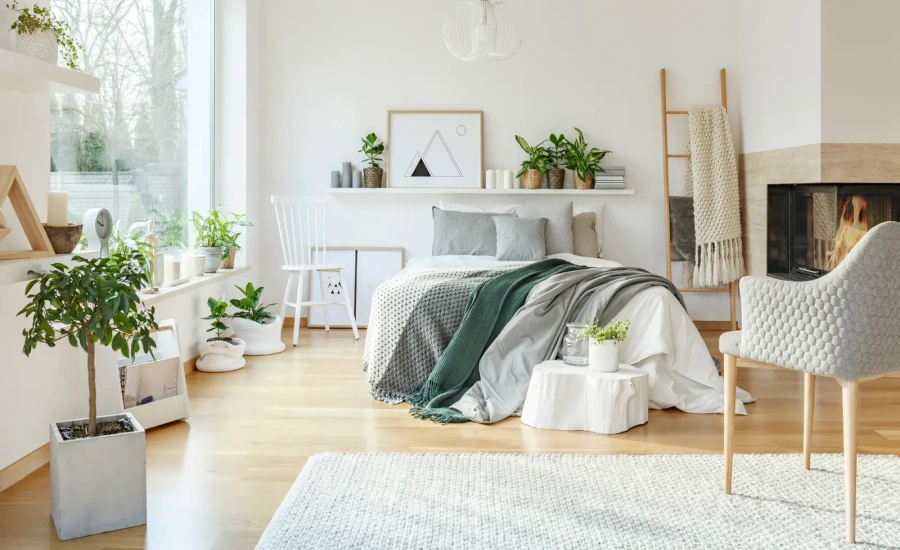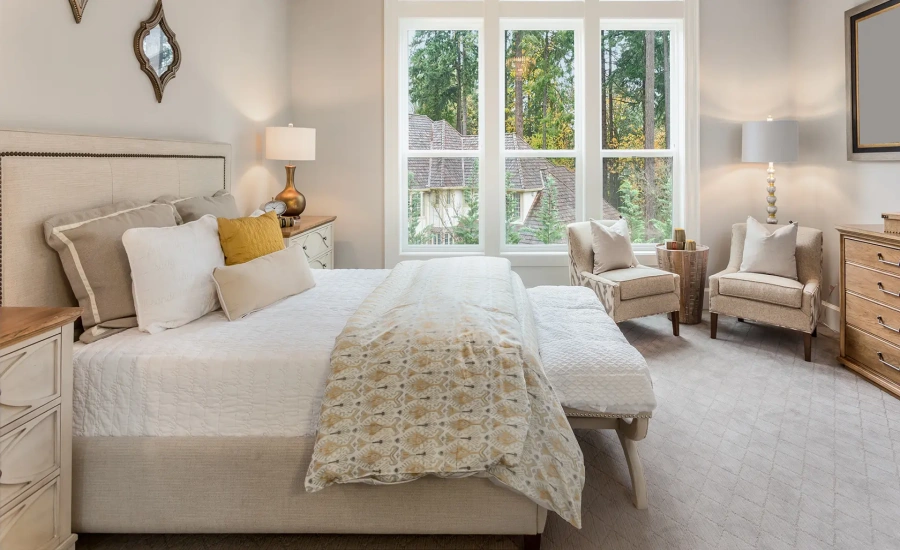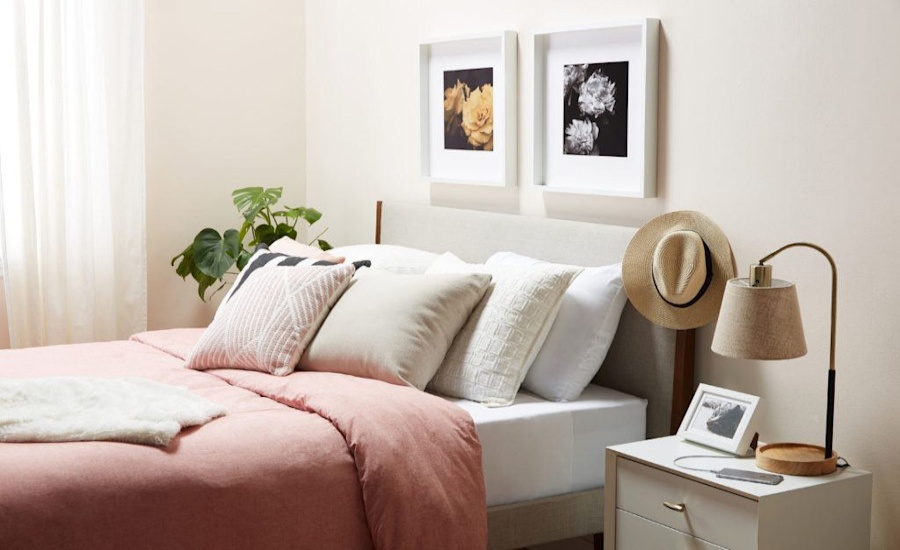The color scheme of the bedroom plays a significant role in setting the ambiance. Softer shades can create a serene environment, while brighter colors can add energy and vibrancy. The color scheme should mirror personal style and preference.
The bed, being the focal point of the bedroom, should be positioned thoughtfully. Placing it against the main wall, not directly in line with windows or doors, ensures better circulation and minimizes disturbances during sleep.
Lighting in the bedroom should be versatile and balanced. A mix of ambient, task, and accent lighting can achieve this. Ambient light offers general illumination, task light assists in specific activities like reading, and accent light highlights particular features or art pieces.

Storage solutions are vital to keep the bedroom organized and clutter-free. Built-in wardrobes, under-bed storage, and multi-purpose furniture can help maximize space and maintain tidiness. A well-organized bedroom contributes to a peaceful and relaxing atmosphere.
Flooring choices should prioritize comfort and durability. Carpets offer warmth and reduce noise, whereas hardwood floors are long-lasting and easy to clean. The final decision should reflect personal preference and lifestyle.
Lastly, adding personal touches can make the bedroom truly unique. Displaying art, family photos, or travel mementos can add character and make the space feel more homely.
With these tips in mind, the goal is to create a bedroom that is not only pleasing to the eye but also meets functionality and comfort needs. The end result should be a space that reflects personal style and caters to individual needs.



